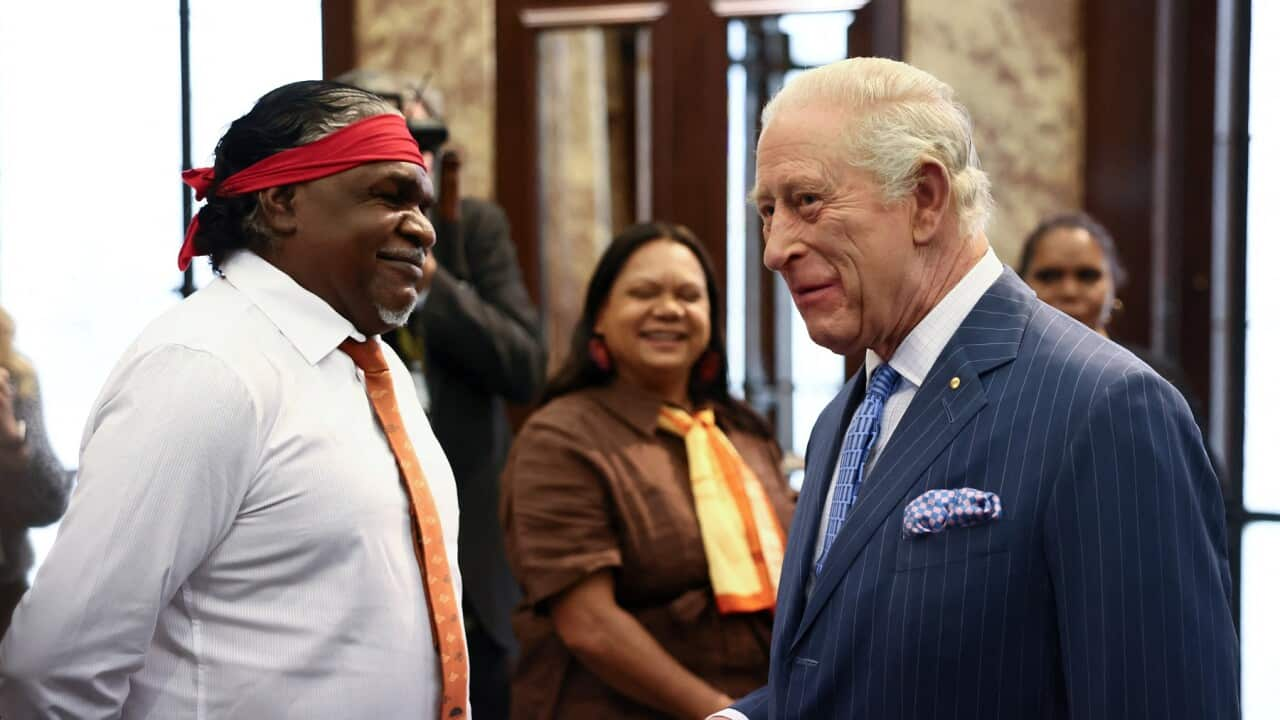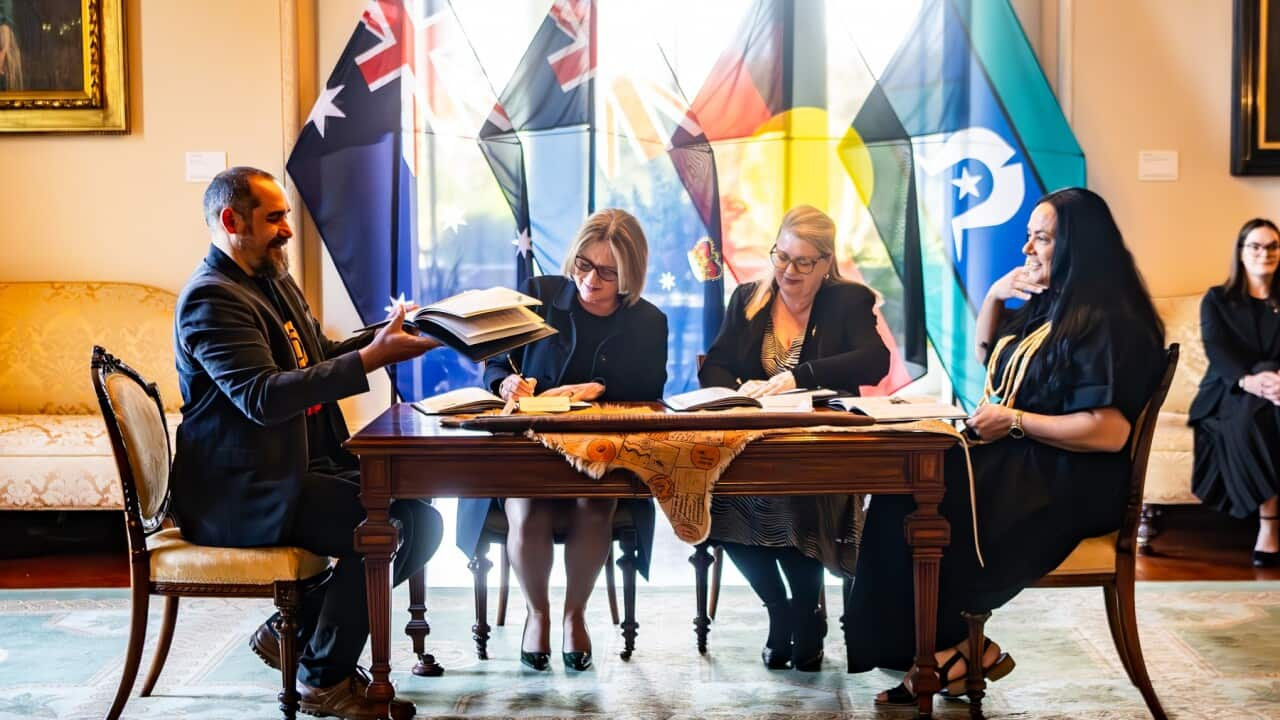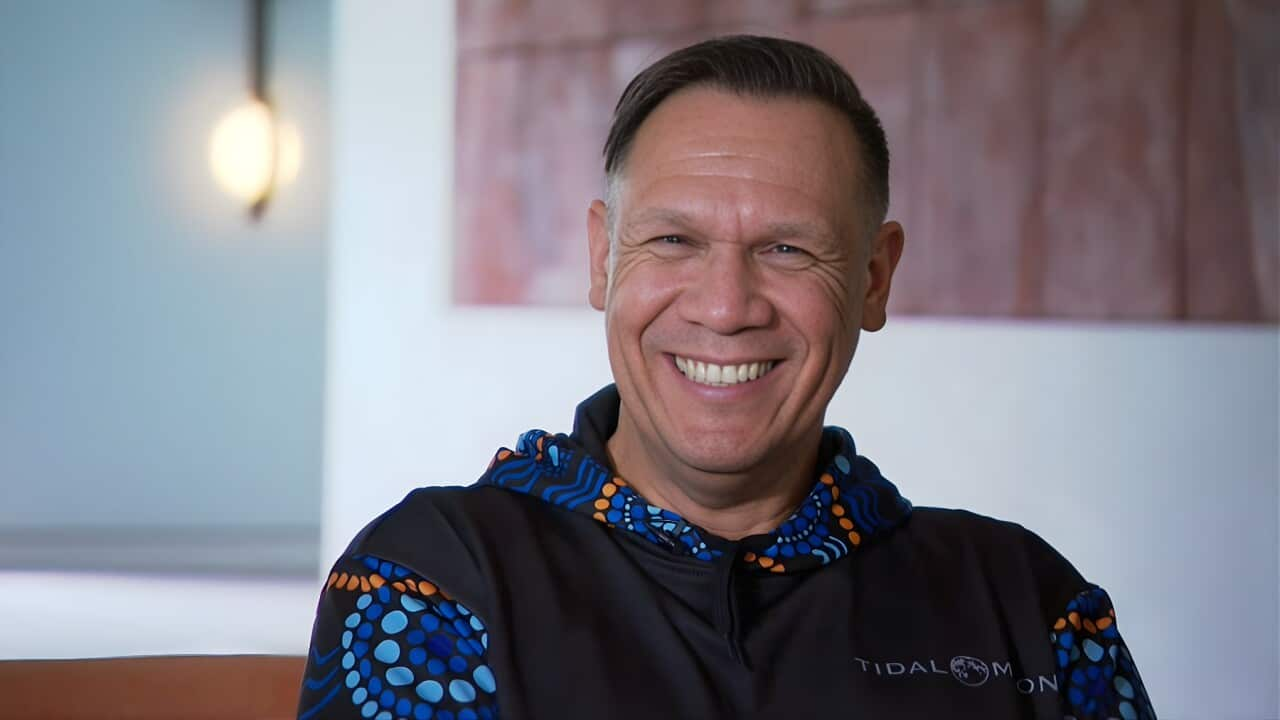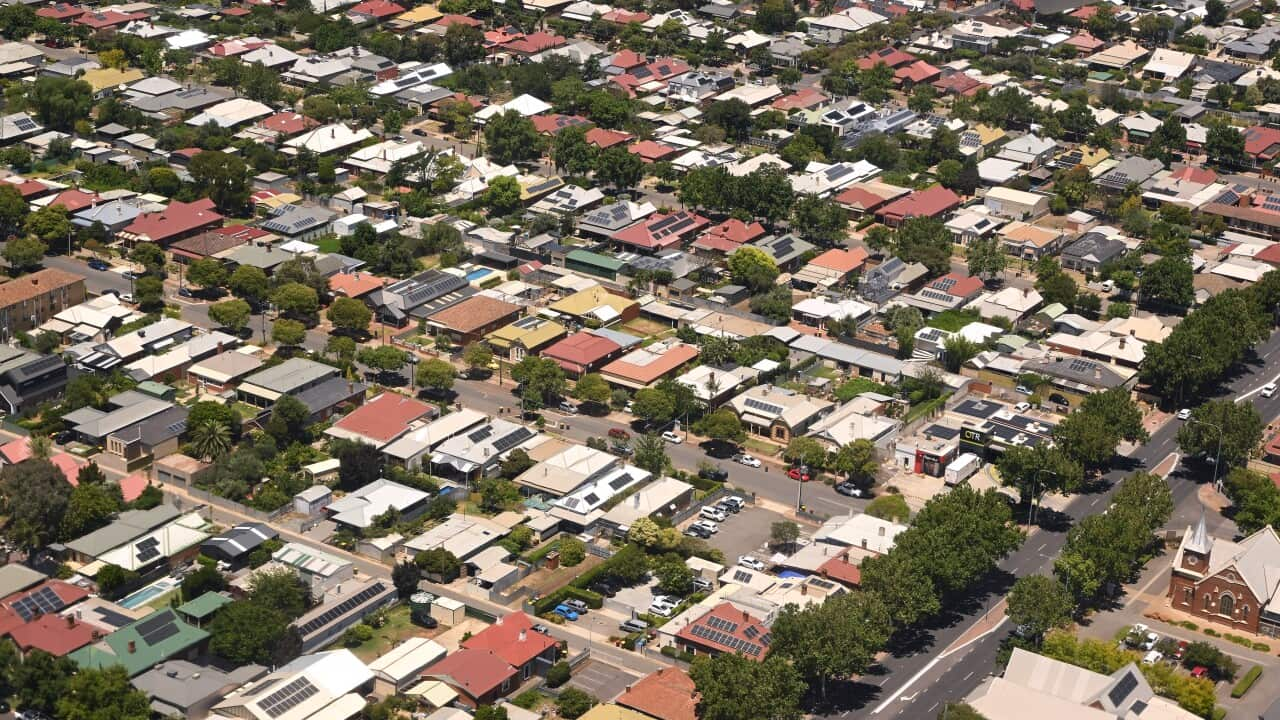TRANSCRIPT
Uluru and Kata Tjuta are some of central Australia's most iconic landscapes, included in the UNESCO World Heritage List, and for the longest time, have been sacred sites of the Anangu people.
They had been known by other names for decades, after European explorers renamed Kata Tjuta as Mount Olga, and Uluru as Ayers Rock, after South Australia’s Chief Secretary, Sir Henry Ayers.
In 1985, the traditional owners of Uluru found themselves at the centre of an historic moment, announced by then Governor General Sir Ninian Stephen:
"I now place in the hands of the Uluru Kata Tjuta Aboriginal Land Trust, the title deeds."]]
The handback was a landmark moment for Aboriginal land rights in Australia and a powerful recognition of the enduring connection between First Nations peoples and Country.
It was the result of years of lobbying by the Central Land Council and Pitjantjatjara Council to recognise the rights of traditional owners, something the Northern Territory government had consistently resisted.
In 1985, Chief Minister Ian Tuxsworth argued that the territory government should have control, and that the Commissioner of the Territory's Land Court should decide on ownership, even though Uluru had been excluded from the Territory's Aboriginal Land Rights Act when it was declared the Uluru–Kata Tjuta National Park in 1977.
“That Commissioner has already determined that Uluru is not available for claim, and he's also not made any determination that there ARE traditional owners to the Uluru area. Now until those things are settled we are saying that the Aboriginal Land Rights Act has been subverted and changed for political convenience.”
The Territory government had accordingly lobbied for the title to be transferred to them - which the National Museum of Australia says would have resulted in a reduced title for the Anangu and no control in park management.
The Hawke government and Governor General believed otherwise.
Sir Stephen said that would be rectified by the handback - and an agreement for the traditional owners to lease the park back to the government.
“The trust by the deed which is to be handed over today acquires inalieable Australian law to this place, which is so special to its members... And at the same time, recognising the special significance of Uluru to all Australians, and the appropriateness of it remaining as an Australian national park, the Trust will today lease it back to the Australian National Parks and Wildlife Service as a national park.”
Now, the anniversary of that historic handback has been remembered 40 years on, with a public event at Talinguṟu Nyakunytjaku, the Uluṟu sunrise viewing area, with Prime Minister Anthony Albanese.
But the first commemorations took place weeks earlier, in early October, at London's Australia House.
High Commissioner to the UK Stephen Smith says the official event included nine traditional owners, dignitaries, and King Charles - who visited the site in 1983 during his tour of Australia with then wife Princess Diana.
He appears to have never forgotten his experience.
“I remember when I went. At the different times of day it was extraordinary. The light. I didn't have time to get my paintbrush out.”
Harry Wilson was among the Anangu representatives who made the trip to the UK.
“As you can see a picture of Uluru on the screen here, it brings us into tears, sadness and happiness as well.”
Stephen Smith says the event itself was a significant one - not just because it's the first time in seven years that King Charles has visited Australia House.
“Normally the palace looks at 50 or 100 year anniversaries, so the fact that we're doing this on the 40th anniversary tells you this was something special.”
Anthony Albanese offered some remarks to the official service at Australia House via a video message.
“It was a milestone in Aboriginal land rights in Australia, and a powerful moment in the story of our continent. Around the world, Uluru is instantly recognised as Australia. In Australia, it stands as a monument to a peoples' love for country and their determination to see justice done.”
The Australian High Commissioner also spoke.
“The Anangu have lived in the area around Uluru-Kata Tjuta for more than 30,000 years. These places are among the most recognised and significant living cultural landscapes, where knowledge, language, song and ceremony have been passed down across countless generations.”
Just like 40 years ago, when traditional songs and dances were performed as the handback took place, the anniversary has also included performances, this time by the nine Anangu Traditional Owners - some of whom had never visited the United Kingdom before.
Sammy Wilson says the song is from their grandmothers and grandfathers - and talks about the significance of the rock.
“That place has always been ours, from a long way back. Our land is sacred.”













